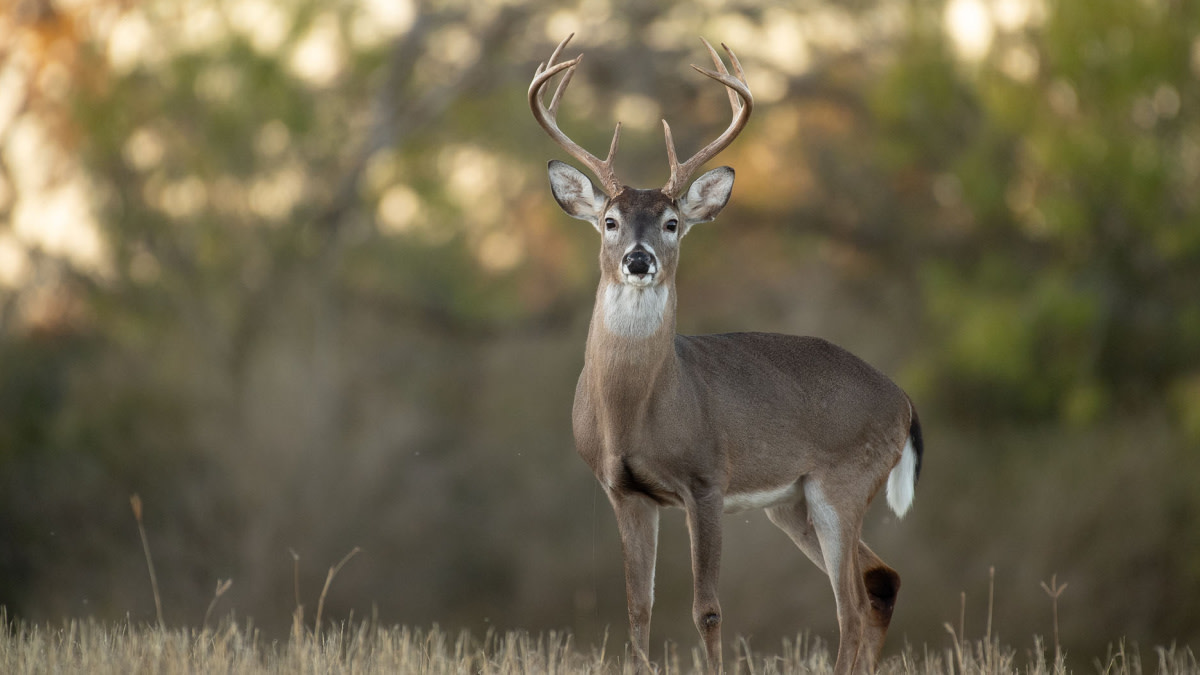
Yesterday I pulled up the 10-day forecast to take a look at the expected weather for my first weekend of bowhunting this year and I couldn’t have been happier with what I saw. Highs in the 50’s, low’s in the 30’s and showers! Could it get much better than that for Oct 1-3?! Now I imagine some of you might be confused. Hunting in the rain sounds miserable, right? Rain drops sliding down your neck, dripping down your nose, and soaking your ass doesn’t sound like much fun.
But look at it from another point of view and things sound different. Imagine instead rain drops sliding down your hood harmlessly to the ground, a mature buck’s nose testing the air upwind of your stand at noon and you finally standing up off your ass to draw back on the giant—sounds a little bit more interesting, eh?
Hunting in the rain can be a tough test of a hunter’s mettle, but when executed properly these hunts can be some of the most successful days you will ever be afield in pursuit of mature whitetails. So the question is, why should you willingly subject yourself to a day of soaking rain on stand and how can you actually make it worthwhile?
Lets first take a look at the why. Quite simply, hunting in the rain can be worthwhile because mature bucks will be moving and most importantly, moving in the daylight. Rain is one of the few variables that can almost always increase the amount of day time movement you will see from mature deer and not coincidentally, it also seems to be a variable that decreases the number of hunters in the woods. Decreased hunter pressure is obviously one of several factors that may lie behind the increased movement most hunters see in the rain. In addition, bucks seem to feel safer moving in the daylight during rain because it’s quieter for them to move and easier for them to smell.
Obviously rain dampens the sound of crunching leaves, so you’l typically see deer taking a slightly less methodical approach as they move in the rain. No need to stop and listen every couple seconds. Rain also seems to increase a whitetails ability to smell. Although I don’t know the science behind this, I’ve read several resources from reliable sources that back this up. Now all this being said, if it’s an absolute monsoon outside, deer will typically hunker down. But the periods of time just before and after a storm can be terrific for movement. So with all these factors increasing buck’s day time activity, it’s just up to the smart hunter to take advantage of the situation.
Given the fact that deer should be on the move, there are a few important things to keep in mind if you want to have a succesful hunt in the rain. First and before anything else, you need good rain gear or a waterproof blind of some sort. No one wants to get soaked to the bone while hunting and hypothermia certainly isn’t going to help your aim. As an old professor always used to tell me, “there’s no such thing as bad weather, just poorly dressed people.”
Secondly, you need to hunt long enough to take advantage of this increased movement. Many hunters, especially in the early season, only hunt early morning and late evenings. But during rainy days, action can take place at any time. Sit out longer than usual or even for the whole day if you can muster it. I’ve seen plenty of buck movement at all parts of the day during the rain and I know a lot of great hunters with similar experiences.
Let’s imagine now that you’ve sat out all day and you finally get a shot opportunity at a buck during a steady drizzle. Another unique issue to be considered in rainy day hunting now comes into play. Rain obviously washes away blood, so you must do everything possible to ensure a successful track job. This begins with the self discipline to only take a close and high probability shot, that should result in a quick, clean kill.
Assuming you take a smart shot, your buck shouldn’t run far. You now have to consider what the best blood trailing strategy is for you. Should you immediately pick up the trail while the blood is still visibile or wait long enough to ensure that you don’t bump the buck? Assuming you are confident in your shot, I would reccommend waiting a good long time before trailing your buck. If your shot was true, he shouldn’t have gone too far and with a little bit of leg work you should find him. The alternative of chasing your buck right away could lead to a bumped buck that could run for hundreds of yards or farther. Without a blood trail to follow, this buck will be long gone.
So the next time you see rain in the forecast, don’t head back to bed. Instead, grab your gear, pack a lunch, and plan for a long and exciting day of hunting!
Feature image via Matt Hansen.





